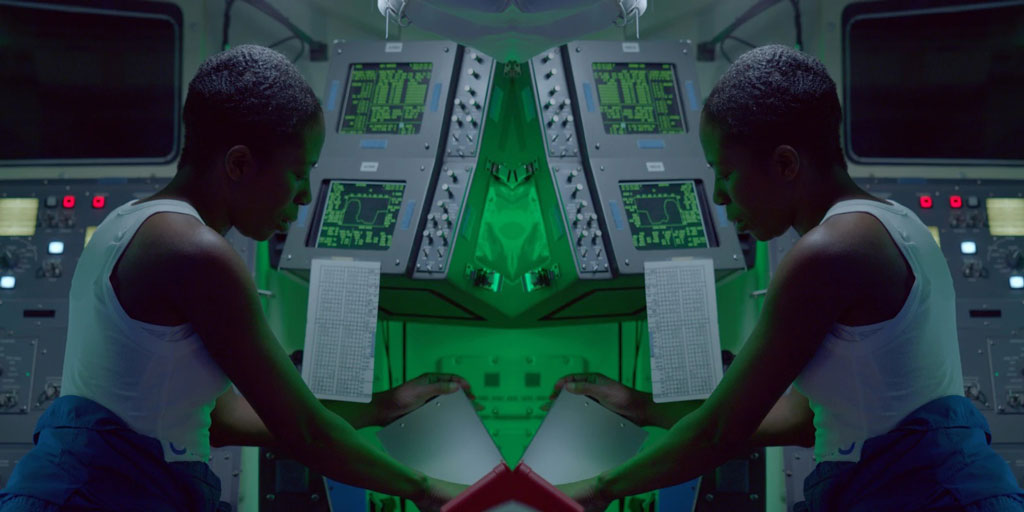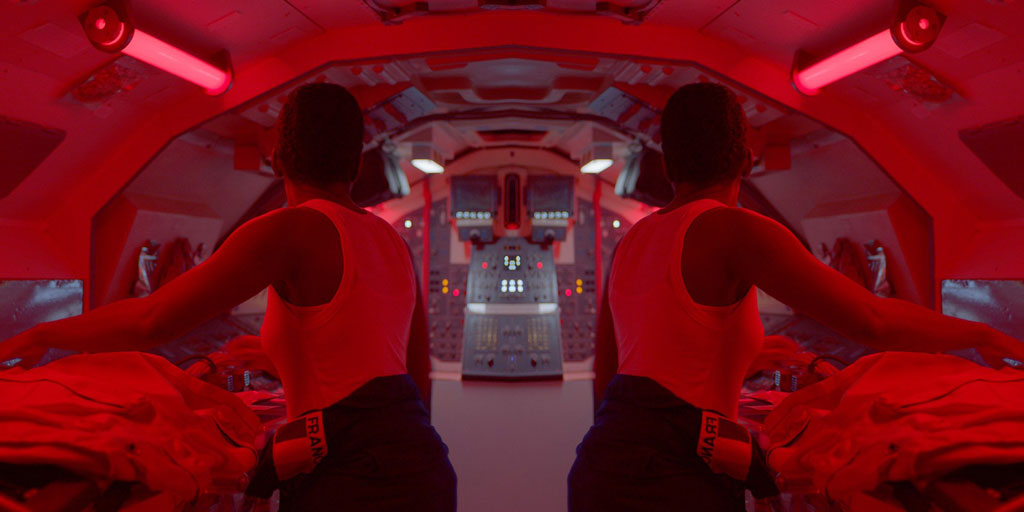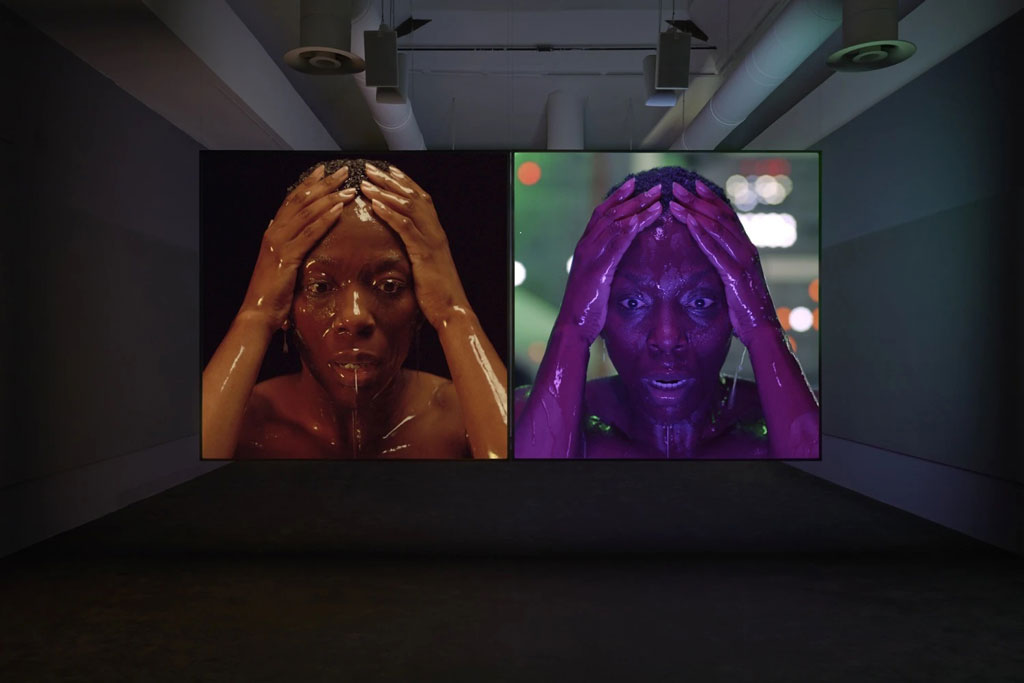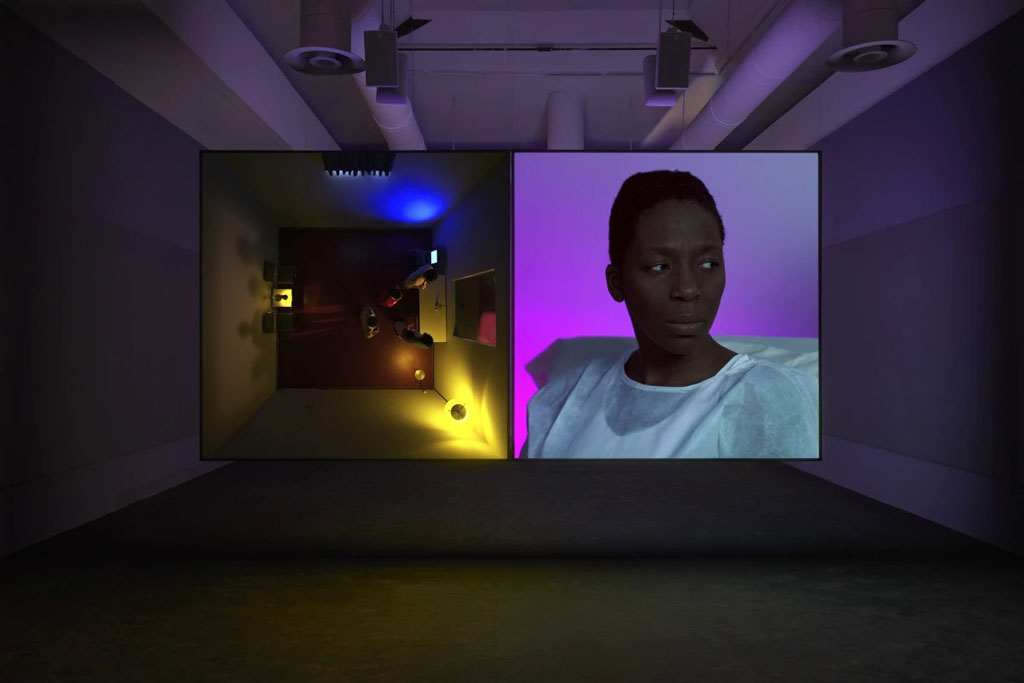ART-PRESENTATION: Stan Douglas-Doppelgänger
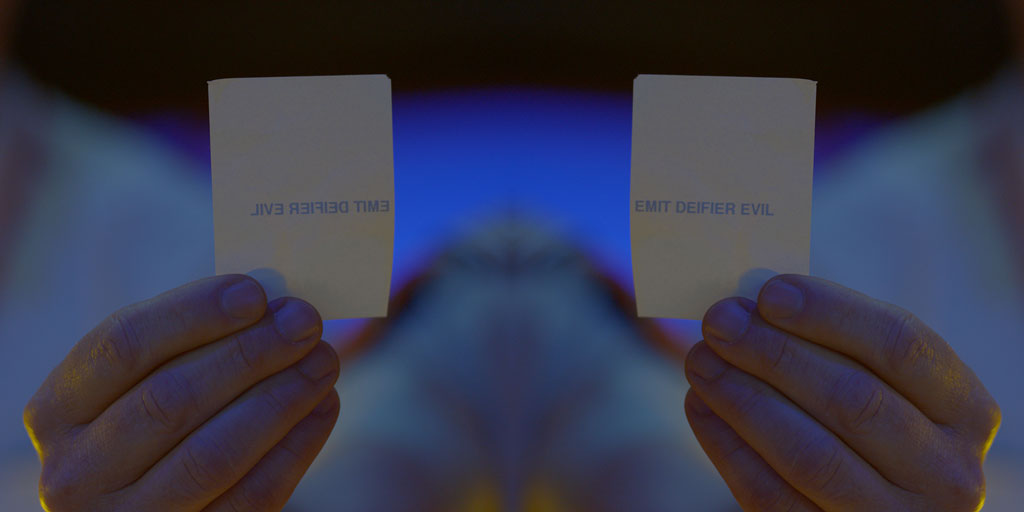 Since the late 1980s, Stan Douglas has created films and photographs and more recently theater productions and other multidisciplinary projects that investigate the parameters of their mediums. His ongoing inquiry into technology’s role in image-making, and how those mediations infiltrate and shape collective memory, has resulted in works that are at once specific in their historical and cultural references and broadly accessible.
Since the late 1980s, Stan Douglas has created films and photographs and more recently theater productions and other multidisciplinary projects that investigate the parameters of their mediums. His ongoing inquiry into technology’s role in image-making, and how those mediations infiltrate and shape collective memory, has resulted in works that are at once specific in their historical and cultural references and broadly accessible.
By Efi Michalarou
Photo: David Zwirner Gallery Archive
Debuted at La Biennale di Venezia, 58th International Art Exhibition, “Doppelgänger” a video installation by Stan Douglas is exhibited for the first time in the USA. Originally “Doppelgänger” was a 1969 British science-fiction film written by Gerry and Sylvia Anderson and Donald James and directed by Robert Parrish. Outside Europe, it was released as “Journey to the Far Side of the Sun” the title by which it is now more commonly known. Set in 2069, the film concerns a joint European-NASA mission to investigate a newly-discovered planet that lies parallel to Earth on the other side of the Sun. The mission ends in disaster when one of the astronauts is killed, after which his colleague realises that the planet is a mirror image of Earth. Stan Douglas “Doppelgänger” is set in an alternative present. Displayed on two square-format, translucent screens, each of which can be viewed from both sides, the looped narrative unfolds in side-by-side vignettes that depict events on worlds that are light years apart. When one spacecraft embarks on its journey, another is launched at the same time in a parallel reality. Alice, a solitary astronaut, is teleported to a distant planet, and her double to another. Then, Alice and her ship, the Hermes II, for unknown reasons, return. Alice assumes her mission has failed and she has somehow returned home, but she has, in fact, arrived at a world where everything, from writing to the rotation of the sun, is literally the reverse of what she once knew. The action on the two screens proceeds alternately in tandem and in parallel, seamlessly moving between two oppositional scenarios of Alice’s reception back on Earth. In one version, Alice is received compassionately and welcomed home, whereas in the other, she is treated as an outlaw or a potential threat. Douglas intentionally heightens the viewer’s feeling of displacement through a continual sense of reversal and mirroring, both in the form and content of his installation. Since the early 1990s, multi-channel video installations have been an integral part of Douglas’s practice, allowing for the simultaneous presentation of multiple, overlapping narratives or vantage points, and with “Doppelgänger” he extends his ongoing exploration of both nonlinear narratives and alternate histories: the omnipresent sense of doubling that is built into the structure of the work implicitly suggests the possibility of simultaneous, diverging experiences and realities. Intercut with quasi-abstract passages of color and light, which nod both to avant-garde cinema as well as the history of space exploration, “Doppelgänger” presents a nuanced and layered parable that powerfully addresses the slippery notion of objective truth, and the position of the “other” in contemporary society.
Info: David Zwirner Gallery, 537 West 20th Street, New York, Duration: 16/1-22/2/20, Days & Hours: Tue-Sat 10:00-18:00, www.davidzwirner.com
